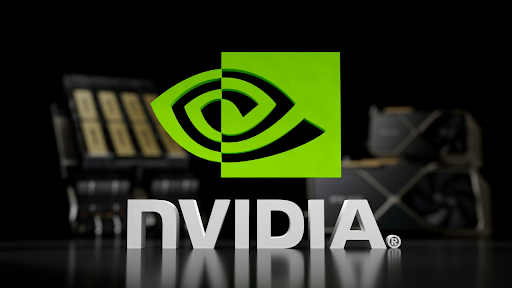Nvidia’s $5.05 trillion valuation is a historic milestone, but it also raises a $5 trillion question: is this sustainable? The chipmaker, which crossed the threshold on Wednesday, is at the center of an AI craze that has regulators at the Bank of England and the IMF warning of a dangerous bubble.
The case for the valuation is clear. Demand for its AI chips is “ravenous.” The company’s value jumped $1 trillion in just three months. CEO Jensen Huang announced $500 billion in orders and a string of blockbuster deals with Uber, Nokia, the US government, and a $100 billion partnership with OpenAI.
However, the case against it is building. Critics are pointing to the “circular” nature of the OpenAI deal, where Nvidia’s $100 billion investment will be used to buy its own chips. This, they argue, is not organic growth.
There’s also a growing disconnect between AI investment and returns. Analysts are increasingly concerned that companies are “failing to secure revenue” from their AI projects. Reports that “nearly all AI pilot programs in businesses fail” suggest the foundation of this AI boom may be shaky.
For now, the market, buoyed by the US stock market’s record highs and praise from figures like President Donald Trump, is ignoring these warnings. But as Nvidia’s value eclipses the GDP of major nations, the debate over “bubble or boom” is intensifying.

